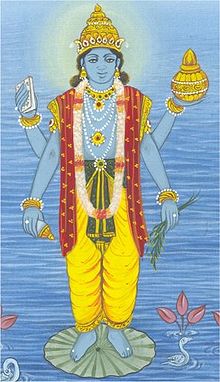The jewel of India’s heritage, along with the Taj Mahal, Agra is now facing a threat that endangers its very essence. The constant blaring of horns has turned into a public menace, leaving residents distressed and exhausted. The situation is unbearable, especially at night, when truck and bus drivers seem to revel in chaos, disrupting the city’s former tranquility.
Lok Swar president Rajiv Gupta issued an immediate warning, “The pressure horns of heavy vehicles in our neighborhoods have reached dangerous levels, causing unbearable noise pollution and disrupting community life.” Environmentalist Dr. Devashish Bhattacharya agrees with this urgency, questioning, “Why do drivers feel compelled to honk at red lights or traffic jams? It defies logic.” The Yamuna Kinara road, once a beautiful spot, has now turned into a battleground of loud horns.
Agra is grappling with this noise problem, which threatens to dismantle its core structure. The incessant honking of vehicles has become a major nuisance, leaving residents frustrated and disheartened. This problem is particularly severe at night, when truck and bus drivers seem to enjoy honking, disrupting the peace and tranquility of neighborhoods. The noise pollution levels at Shahganj, Sikandra, and Joni Mandi intersections are extremely high. According to Kalindi Vihar resident Hari Datt Sharma, people are facing significant problems due to the heavy traffic of buses and trucks in the Nunihai, Ram Bagh, and Foundry Nagar areas. From the Water Works intersection to the Agra Fort, truck and bus drivers have made life hell.
Doctors have warned that constant honking can have serious health effects. Dr. Harendra Gupta says, “Noise pollution causes distress, discomfort, and even physical harm to residents, especially children, the elderly, and those sensitive to loud sounds.” The constant noise creates a hostile environment, affecting daily activities and mental health.
Excessive honking also poses a major threat to road safety. School teacher Dr. Anubhav says, “Loud horns create confusion, distract drivers, and reduce their ability to focus on the road ahead, leading to accidents.” Pressure horns promote reckless driving behavior, putting motorists, pedestrians, and commuters at risk in the Vijay Nagar Colony area.
To combat this menace, the Agra Police Department must take decisive action:
1. *Ban pressure horns*: Enforce a ban on pressure horns in residential areas, school zones, hospitals, and sensitive areas.
2. *Stringent measures*: Implement regulations, conduct regular patrols, and checkpoints.
3. *Awareness campaigns*: Educate drivers about the harmful effects of excessive honking.
4. *Collaboration*: Work with authorities, stakeholders, and community representatives to develop a comprehensive strategy.
Social activists Chaturbhuj Tiwari, Rahul Raj, and Padmini Iyer urge the police to address this concern promptly, upholding law and order while safeguarding public interests. Residents demand a peaceful living environment, free from the constant barrage of horn honking.
Agra’s horn horror is a wake-up call for citizens and authorities alike. We must prioritize the enforcement of noise pollution regulations and promote responsible driving habits. By working together, we can create a safer, more harmonious society for present and future generations.
As the city struggles to cope with the horn horror, it’s essential to recognize the urgent need for change. Agra’s residents deserve better. Let us join forces to silence the horns and restore peace to our city. The future of Agra depends on it.







